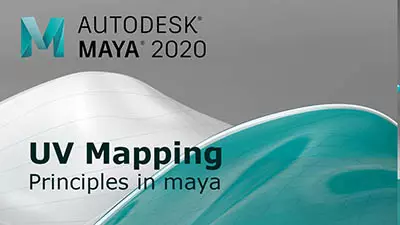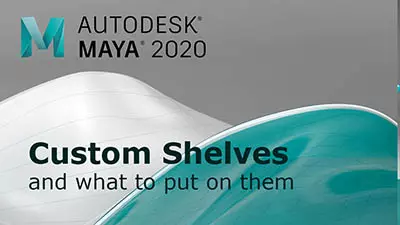Introduction to Maya - Rendering in Arnold
This course will look at the fundamentals of rendering in Arnold. We'll go through the different light types available, cameras, shaders, Arnold's render settings and finally how to split an image into render passes (AOV's), before we then reassemble it i
#
1
30-09-2007
, 05:17 AM
Registered User
Join Date: Mar 2007
Join Date: Mar 2007
Posts: 1,055
Bump mapping help
just been experimenting with bump maps before starting for real. On my grey base image in photoshop, if I paint one white stripe and one black, in my renders, the white one appears sunken in, but the black one has no effect at all.
Have I got a setting wrong?
thanks,
gubar.
#
2
30-09-2007
, 05:23 AM
"No pressure, no diamonds" Thomas Carlyle
#
3
30-09-2007
, 05:32 AM
Registered User
Join Date: Mar 2007
Join Date: Mar 2007
Posts: 1,055
do you mean the alpha gain? I've tried altering it, and the alpha offset values. It makes a difference to how the white is rendered, but the black still has no effect.
cheers,
gubar.
#
4
30-09-2007
, 05:45 AM
Registered User
Join Date: Mar 2007
Join Date: Mar 2007
Posts: 1,055
Another question if I may - even using a fairly high resolution texture (1024 x 1024), after I blur my lines (to fade in and out of the shadow, I'm trying to do some inner chest muscles), the bumpstarts to look pixelated when I render. Are there any ways to avoid this, or are normal maps a better solution? I'm hoping there's a way to sort the bumps, since I've not looked at normal mapping yet.
thanks,
gubar.
Here's an image to show you what I mean:
#
5
30-09-2007
, 11:01 PM
Registered User
Join Date: Mar 2007
Join Date: Mar 2007
Posts: 1,055
thanks,
gybar
#
6
30-09-2007
, 11:14 PM
I only use bumps for small/medium things, wood grain on a table top, brick textures etc etc.
A bump map alters the normal to make it look displaced where a diaplacement map actually creates geometry to give the detial.
You could try saving your map as a 2048 and give that ago to see if its any different.
"No pressure, no diamonds" Thomas Carlyle
Posting Rules Forum Rules
Similar Threads
Bump mapping program?
by jm82792 in forum Maya Basics & Newbie Lounge replies 8 on 07-09-2008
Special Bump mapping?
by Peppomanien in forum Maya Materials & Textures replies 15 on 01-01-2007
Dielectric material with bump mapping
by edoplaza in forum Maya Basics & Newbie Lounge replies 0 on 14-12-2005
[help] bump mapping
by astrocalder in forum Maya Basics & Newbie Lounge replies 2 on 29-04-2005
Help with Tiling and Bump Mapping Brick Texture
by Geemge in forum Maya Basics & Newbie Lounge replies 0 on 19-01-2005
Topics
Free Courses
Full Courses
VFX News
How computer animation was used 30 years ago to make a Roger Rabbit short
On 2022-07-18 14:30:13
Sneak peek at Houdini 19.5
On 2022-07-18 14:17:59
VFX Breakdown The Man Who Fell To Earth
On 2022-07-15 13:14:36
Resident Evil - Teaser Trailer
On 2022-05-13 13:52:25
New cloud modeling nodes for Bifrost
On 2022-05-02 20:24:13
MPC Showreel 2022
On 2022-04-13 16:02:13








